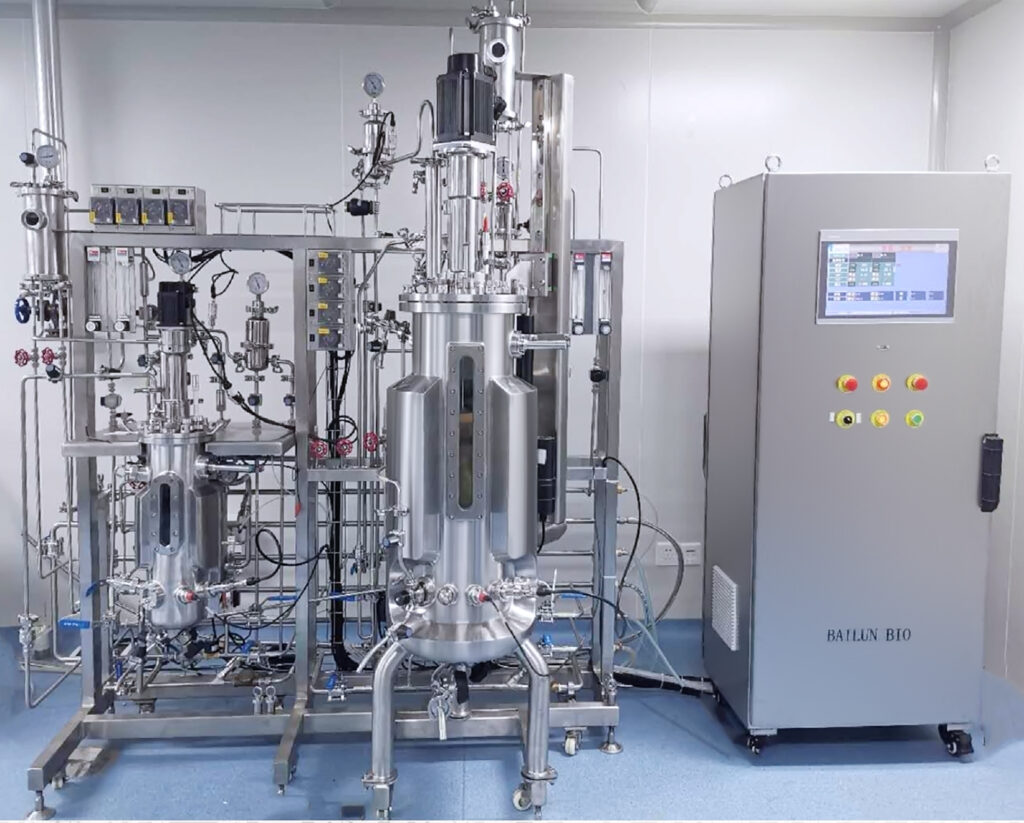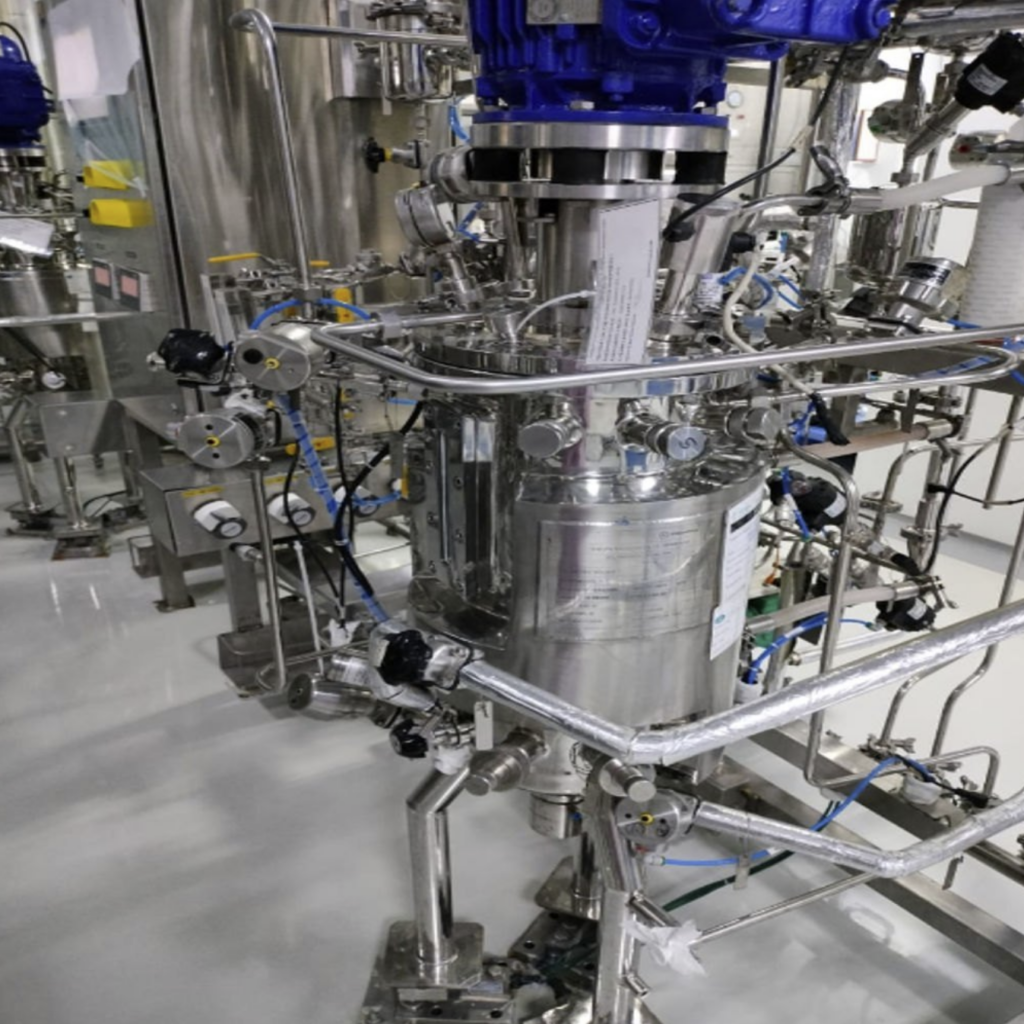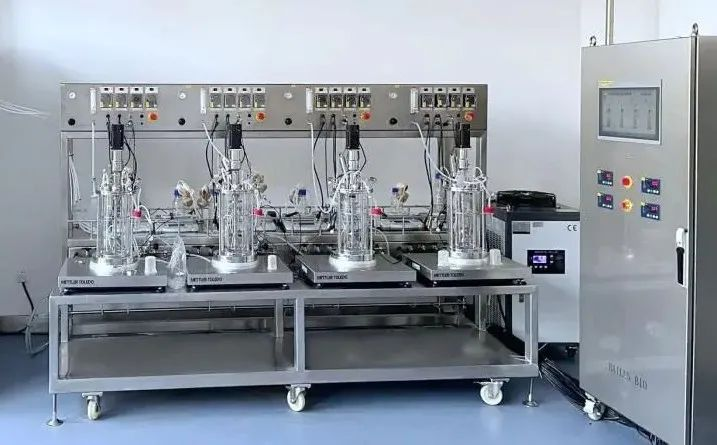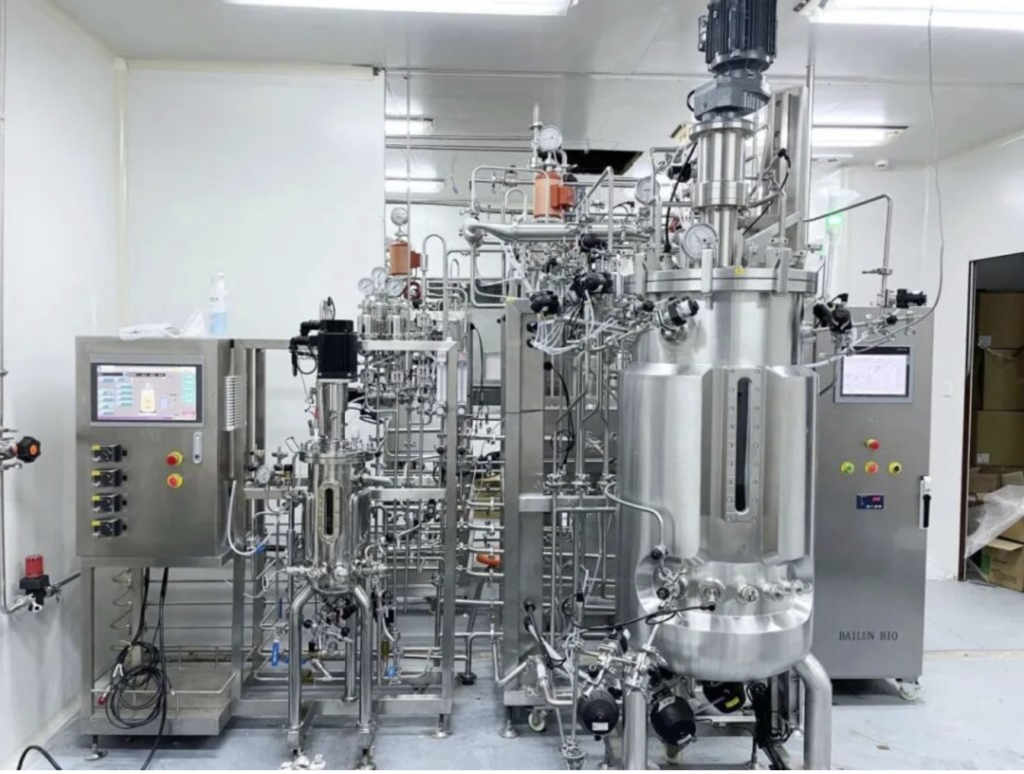The Future of Efficient and Scalable Production
Fermentation in the biotechnology industry is a process that has been in use for many years to produce foods that include bread and alcoholic beverages, as well as drugs. However, there has been significant advancement in automatic fermentation systems that have improved efficiency, accuracy as well as scalability. No matter in the process of preparing medicine, preserving food, or producing biofuel, it is definitely better than a natural fermentation process, because the environment is controlled, thus the production rate and quality are higher.

At present, the various aspects that relate to automatic fermentation have been discussed in this article including the components of automatic fermentation, advantages of it, its uses in other industries, and the importance of fermentation monitoring and fermenters for the ideal fermentation process.
What Is Automatic Fermentation?
Automatic fermentation is the process of fermentation, where there is the use of a system to control the fermentation process. These are automated systems for carrying the process of fermentation from the stage of inoculation to the time of harvest without necessitating the services of a man. Another type of process control technology comprises sensors, actuators, and algorithms that ensure that the fermentation parameters such as temperature, pH, dissolved oxygen and nutrients are ideal.
In traditional fermentation, it is essential and time-consuming for the operators to control and modify a number of factors in order to allow the growth of microorganisms and formation of desired product. In automatic fermentation these tasks are accomplished by software and hardware systems which increases the accuracy and decreases the possibility of error. This is why it is considered as one of the critical technological developments in the large scale production industries.
Components of an Automatic Fermentation System
1. Fermenter
Fermenter is the most important equipment used in any fermentation process. It can be defined as a container in which microorganisms like yeast, bacteria or fungi are grown to create some product like ethanol, antibiotics or enzymes respectively. In automatic fermentation, the fermenter is fitted with sophisticated indicators and control mechanisms for aspects like temperature, pH and dissolved oxygen as well as conditions that are not automatic.
2. Fermentation Monitoring
Because automatic fermentation is an important part of the overall enzymatic process, the fermentation monitoring process is of great importance. The parameters that are monitored in the system include:
- Temperature: Temperature is an important factor that should be controlled so as to favor growth of microorganisms and the synthesis of the required metabolites. It also has to do with the fact that using automation makes it possible to maintain a given temperature.
- The pH level: Bacteria can only operate within a certain pH scale level of pH range. It is an instrument which is used for regulating the pH level by introducing acid or an alkali solution.
- Dissolved Oxygen (DO): Dissolved oxygen is important in aerobic fermentation processes since it is required in the processes. It is used in regulating the DO level and flow of fresh air to ensure proper supply of oxygen within the system.
- Nutrient concentration: Sugars, nitrogen sources, and other growth promoters are well maintained and regulated in automatic fermentations since the microbial growth will require specific nutrient concentrations for it to thrive as well as produce the product compulsorily.
3. Control Systems and Software
Thus, the use of control systems and control software is critical in automatic fermentation. It gathers information from several sensors and controls the process parameters in response to the gathered information. Modern control interfaces enable the operator to observe the whole process at once from the central control room that can be located far from the process. They can also record the fermentation process for some time to analyse it later in order to perfect the subsequent cycles.

Benefits of Automatic Fermentation
1. Increased Efficiency
The first advantage of automatic fermentation is that it is fast in its execution. Through the fermentation monitoring and control of the critical system parameters it becomes possible to achieve automatic adjustments in case of deviations. They include increased rates of fermentation; increased conversion efficiencies, and decreased power use. Because it does not need someone to meet several qualification levels to always adjust the process manually, it goes on and on, thereby making the throughput high.
2. Consistency and Quality Control
One of the issues that have been realized in the traditional fermentation process is that of batch to batch variation. There are factors such as the differences in temperature, the differences in the concentration of nutrients or even the mistakes of workers. That means that with automatic fermentation, all the conditions being equal, the product is processed by the same parameters in each batch. This makes it easier to ensure that every batch of the products is as standard as the other since quality control is vital to industries such as the production of drugs and foodstuff.
3. Reduced Labor Costs
Labour intensity is diminished by the use of automation in the processes of fermentation. However, operators are still required to supervise the process, yet most manipulations are performed by the automatic system. This minimizes direct labor cost and helps employees to be more effective in solving problems, performing maintenance among other high level tasks.
4. Enhanced Scalability
Another advantage is the possibility to scale the existing automatic fermentation systems . The traditional fermentation processes are usually difficult to scale up since most of them rely on manual labor and constant fermentation monitoring. On the other hand, concerning scaling, the process of automatic fermentation is easy compared to the manual one. It also explains how larger fermenters can be incorporated into the system with minimum changes that form the basis of the problem, providing flexibility that firms require in order to meet the increasing production requirements without compromising on quality.
5. Data-Driven Insights
Fermentation monitoring and control systems therefore make available to companies various types of data. From this data, the businesses will be in a position to improve the fermentation processes through efficiency, yield, and product quality. It can also be used for troubleshooting since it enables the operators to find out any problems and their root causes that may be experienced.

Applications of Automatic Fermentation
1. Pharmaceutical Production
The operating of the pharmaceutical industry is highly dependent on the automatic fermentation involved in the production of biologic products like vaccines, antibiotics, and hormones. For instance, production of insulin or human growth hormone requires genetically engineered bacteria or yeast strain, which is grown in controlled fermenters. This is an important process that checks on the required temperature, pH and nutrient concentration throughout the fermentation process in order to produce high quality and standard products.
2. Food and Beverage Industry
Automatic fermentation has many uses in the food and beverages production process. Some of the products include beer, wine, yogurt and cheeses, and all are made through the process of fermentation. In these cases, fermenters are applied to let yeast or bacteria to grow and act on raw materials, turning them into their end products. It is a process that closely observes the condition of the environment throughout the fermentation process in order to achieve the required level of product quality.
3. Biofuels Production
Ethanol and biodiesel are some of the popular biofuel that is produced through microbial fermentation. Sustainable fermentation systems help in providing an optimal environment for microorganisms in order to ferment raw materials such as corn or sugarcane to yield biofuels. Automatic fermentation makes it possible to produce biofuel at a commercial level and at the same time, experience high yields and quality.
4. Wastewater Treatment
The other application of fermentation is in the treatment of wastewater since the use of microorganisms in breaking down organic compounds is common. In wastewater facilities, there are machine-controlled fermentation processes as a way of enhancing the performance of the microbes in the processes. The application of fermenters in this context is advisable to help the microbial growth to be in the most desirable state and help the process of treating the wastewaters to be more effective.
Conclusion
Semi-automated fermentation has revolutionized the production of goods in numerous sectors ranging from pharmaceutical to production of biofuels. Automatic fermentation is thus a great innovation for any business that seeks to bring some changes in fermentation in terms of efficiency, quality, and capacity. Overall, with upgraded capacities in fermentation monitoring and fermenters, the industries will be able to yield high quality products, attain greater production yields, as well decrease their production costs.
Thus, the automatic fermentation will continue to be central and effective in the future in biotechnology, food industry, and energy technologies. When it comes to industries that are involved in the implementation or upgrading of fermentation processes, BaiLun Bio provides advanced systems and solutions that could cater to a number of industries.

